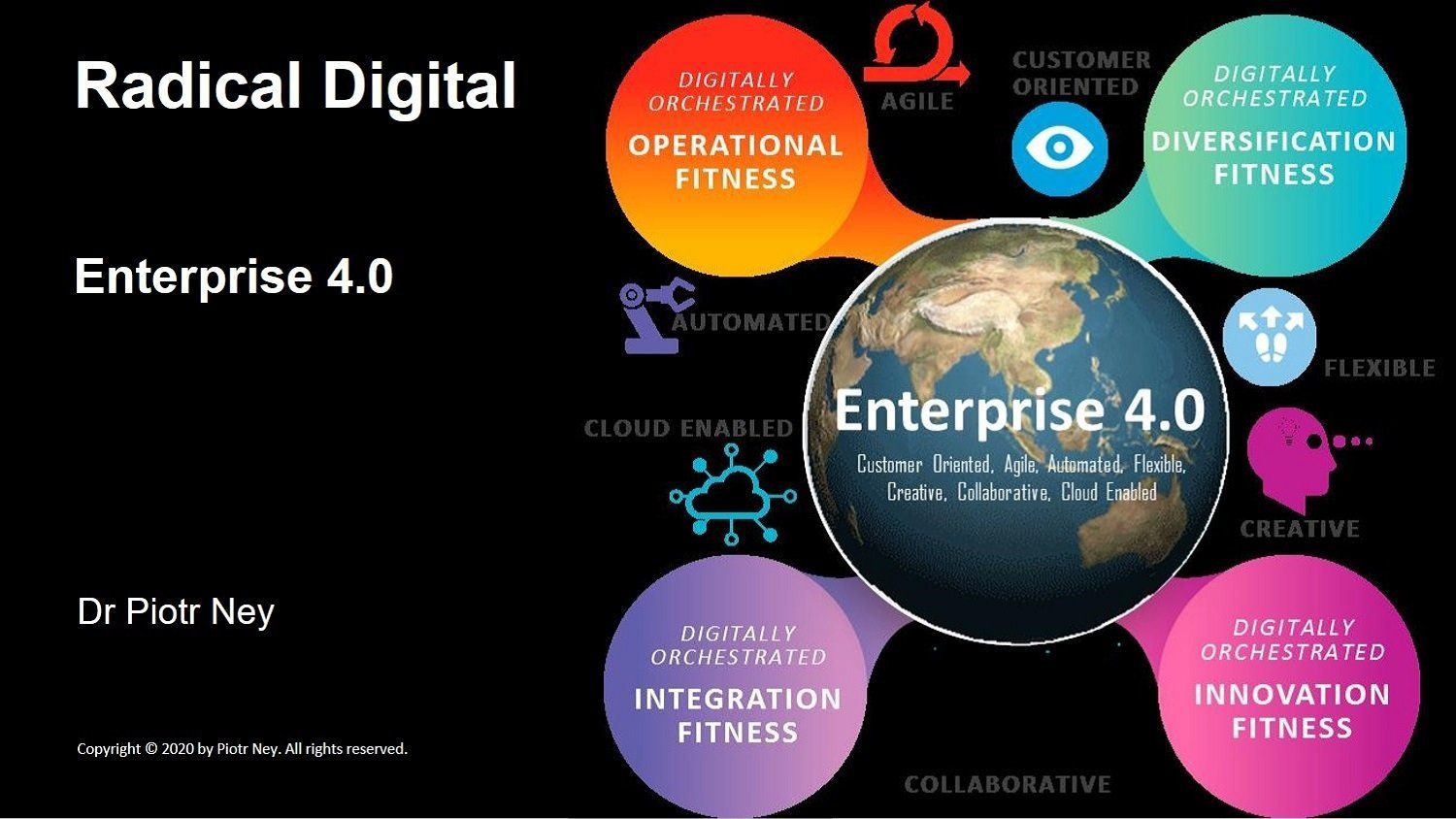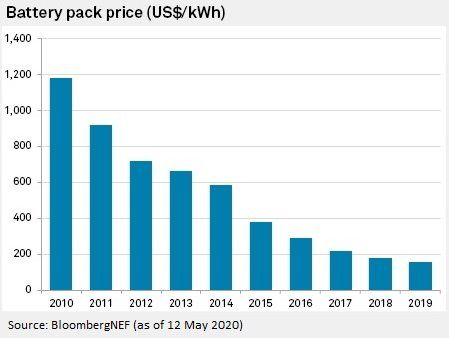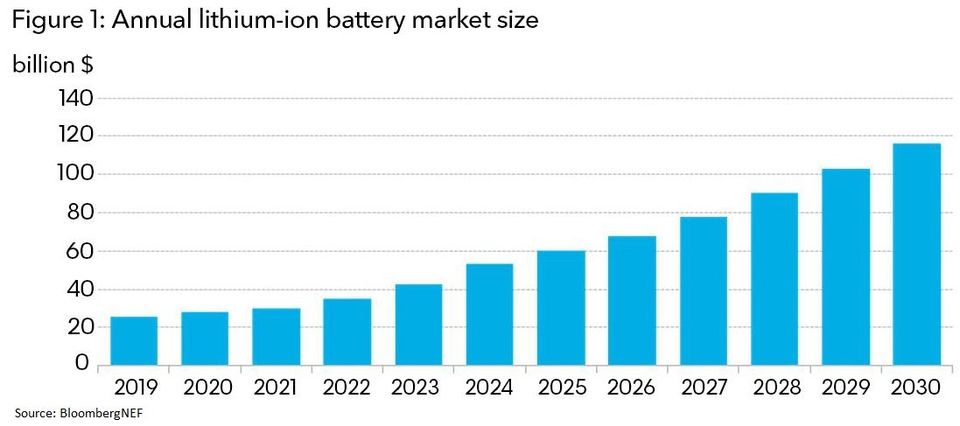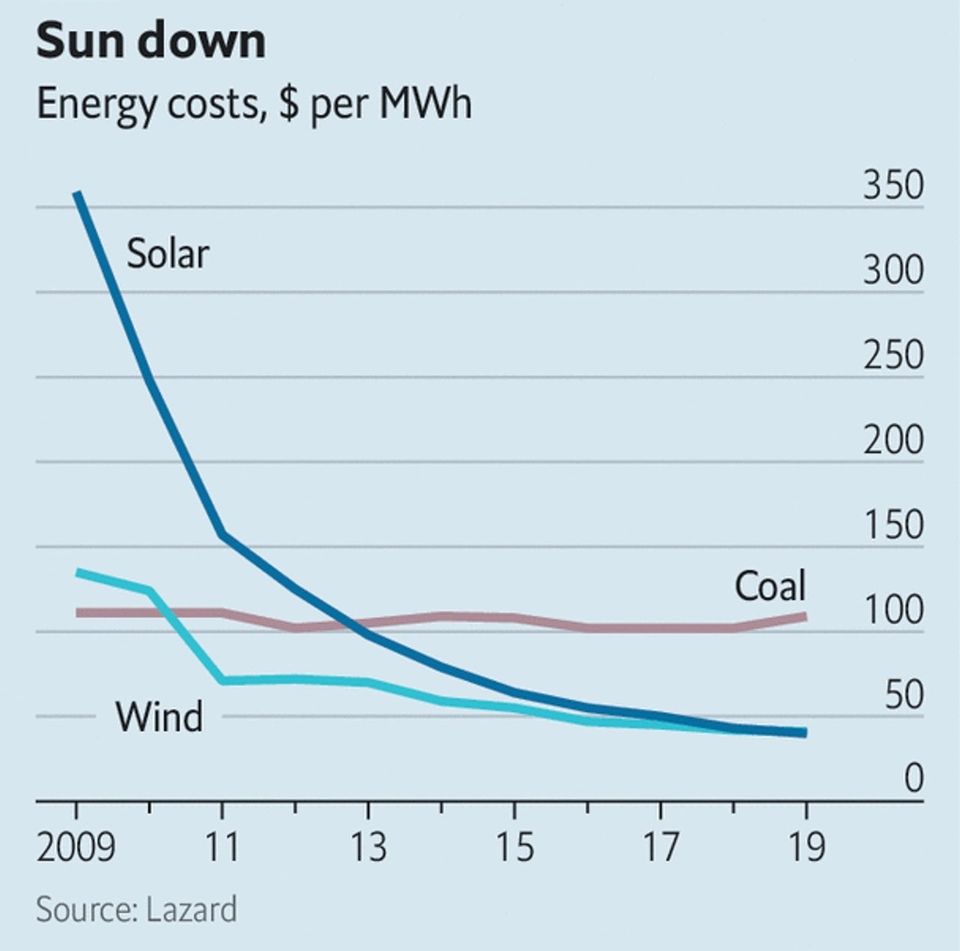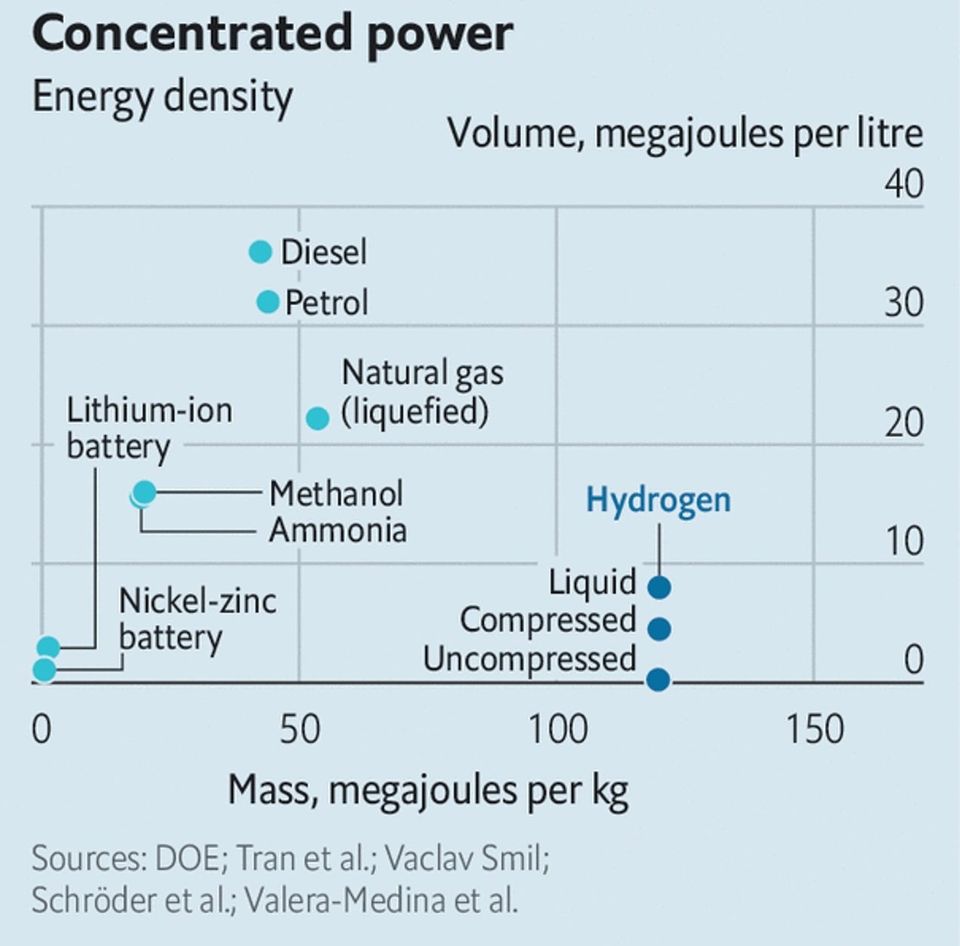Towards an environmentally sustainable global energy system
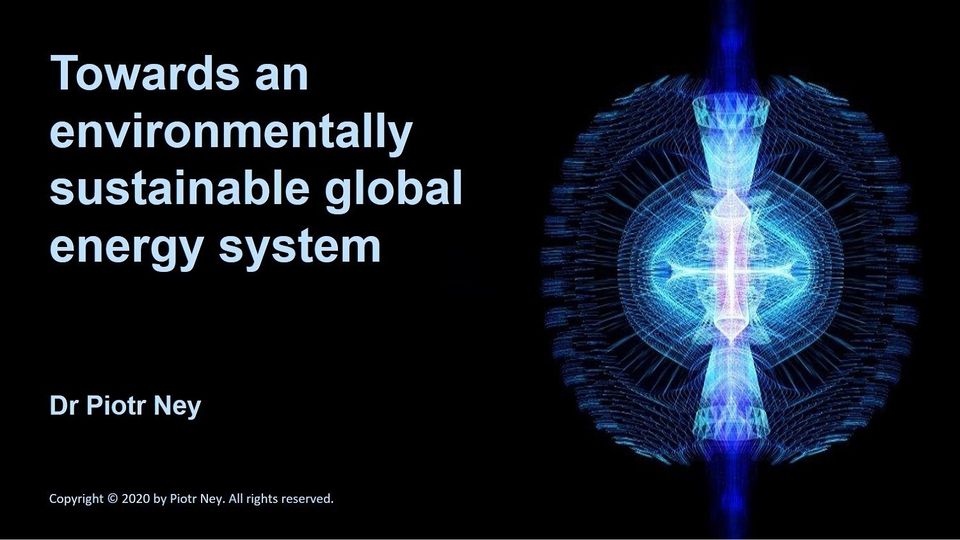
[London, 10 July 2020]
For the last 35 years I have worked in innovation and technology-enabled transformation. But it is since I had become a father some twelve years ago, that I have become particularly conscious of sustainability and the environmental legacy that we are likely to bequeath to our children.
Today, I’d like to take a few minutes to reflect on the recent exponential acceleration of innovation in the energy industry. Emerging technologies cumulatively now promise to transform this industry and its impact on our fragile planet.
Beware of peak lithium around 3020!
A few days ago, I wrote about the machine learning (ML) driven acceleration of nuclear fusion research. Fusion reactors would be ideal for powering ships and static grid applications (factories, commercial centres, communities) where other RE sources are impractical.
The rapidly declining cost of lithium-ion batteries, which power our electronic devices, EVs and provide back-up storage for our homes and smartgrids, is another obvious example (see diagram). This cost was $1,100/kWh ten years ago and has since nosedived by 87% in real terms to around $150/kWh now. BloombergNEF (BNEF, an energy analysis firm) now predicts battery costs falling below US$100/kWh in 2024 and starting to level off at around US$60/kWh by 2030. Wow!
Exponential learning curve progress in key sustainability technologies is not limited to actual energy generation and storage. It touches most of the end-to-end energy value chain, from raw material recovery to managing by-products and waste. Cue another example.
Both of the technologies I mention above (fusion energy and lithium-ion batteries) seemingly compete for lithium. But this competition is a world away from the genuine fossil fuel competition (and hence the escalating cost) of traditional technologies. Fusion is some four million times more energetic than a chemical reaction, so it only needs a few grams of plasma fuel.
Lithium is easily extracted from brine pools. New technologies promise to vastly increase lithium recovery rates, such as EnergyX’s nanoparticle membrane approach, and the price of lithium has been steadily decreasing. There are sufficient land-based known lithium reserves to power fusion reactors globally for at least the next 1,000 years, before battery producers start worrying. And they have little else to worry about, as the lithium-ion battery market should more than triple in value over the next decade (see diagram).
Fusion typically employs the efficient deuterium-tritium (DT) reaction. Deuterium is distilled from seawater (at ~33g/m3), so it is virtually inexhaustible. Tritium is rare, but can be bred within the fusion reaction itself, through interaction with lithium.
Walking on sunshine
Let’s take another energy generation example – solar. The cost of photovoltaics (PV) is plummeting faster than the most optimistic mainstream industry forecasts dared to predict a decade ago (see diagram). In 2014, the International Energy Agency (IEA) predicted the cost of PV generated energy to average at around $0.05/kWh by 2050. It is only six years later, and we have already reached this cost level. In many geographies, PV has already undercut the cost of traditional fossil fuel electricity generation, that’s even before we factor in the environmental impact.
A solar energy project in the United Arab Emirates (Abu Dhabi Power’s 2GW Al Dhafra installation) is now producing at $0.0135/kWh. While some underemployed coalminers could bicker from the sidelines over the pricing model used (such as the arguable undervaluation of the land used), this is still an astonishing achievement. Most of the world’s population will very soon live in countries where average solar energy prices could reliably be sustained at under $0.01/kWh. Again, wow!
Overall, RE generation in Q1/2020 already accounts for 28% of the world’s electricity supply. Think about it, already more than a quarter of our electricity is Greta-friendly! Coal, for generations the cheapest way of generating electricity, is now struggling to compete. Solar, coupled with other RE elements in community scale smartgrid implementations, is likely to explode now in Africa and the developing world.
Hydrogen is a gas again
And finally in this short piece, let me also celebrate hydrogen’s strong re-emergence as another promising RE vector. In an interesting article this week, the Economist discusses the rapidly improving efficiency and hence the rapidly dropping cost of green (electrolytic) hydrogen production, citing the example of the cost of hydrolysis equipment falling by 40% over the last five years. While hydrogen is not ideal for personal vehicles, because of the cost of the refuelling infrastructure required, its energy density (see diagram) and lack of pollutive emissions (the reaction produces only water) make it ideal for heavy transport – such as trucks, urban transport, trains, construction vehicles, ships.
Sustainably produced hydrogen can also gradually replace natural gas for heating, using the existing gas infrastructure. As the Economist reports, “National Grid reckons the gas-fired boilers which heat most British homes can cope with a mix of 20% hydrogen without modification” and hydrogen-ready boilers, able to burn either natural gas or pure hydrogen, are already being produced. Hydrogen production is also often a smart way of storing surplus RE energy, supplementing batteries and other storage modes.
Whilst we should not rest on our laurels (and to be fair, the tech entrepreneurs driving this progress seldom do!), I am increasingly optimistic that within a generation and for the first time in the history of modern humanity, we will indeed transition to an environmentally sustainable global energy system.
Dr Piotr Ney is an energetic promoter of innovation, digital transformation, customer and operational excellence, and sustainability, with some thirty five years of change leadership, consultancy and senior executive experience. He has an MBA in International Business and a PhD in Economics and Management, lectures part-time in Innovation Management and Disruptive Strategy and is a popular speaker at global business events. Piotr works in London and internationally as an independent consultant and educator.
Copyright © 2020 by Piotr Ney. All rights reserved. No part of this work may be published, reproduced or transmitted in any form or by any means, electronic, mechanical, photocopying, recording, or otherwise, without prior written permission of the author.
